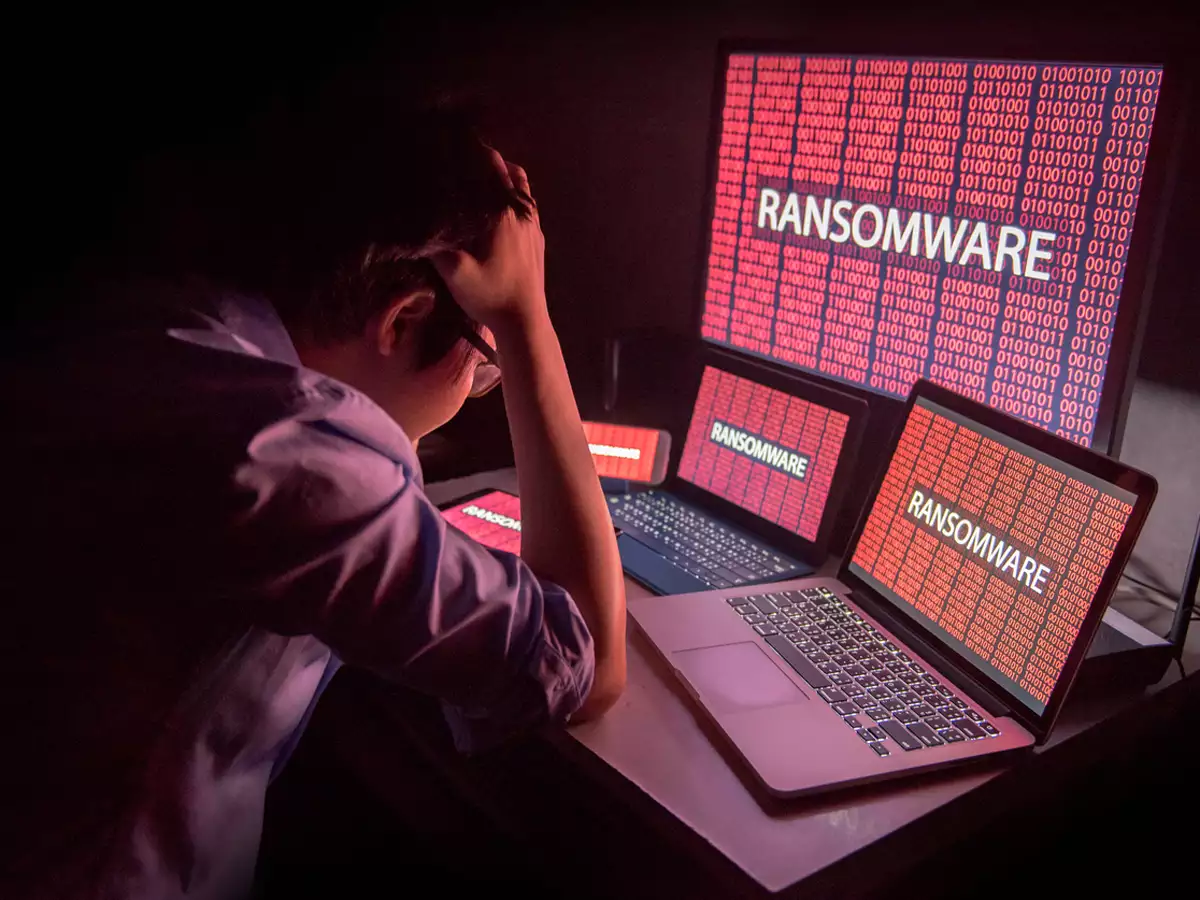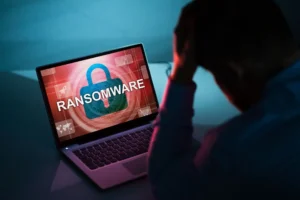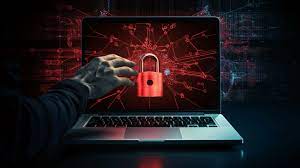
In today’s digital age, the prevalence of ransomware attacks is a growing concern globally, with India experiencing an alarming rise in such incidents. These attacks can cripple businesses and individuals by encrypting crucial data and demanding a ransom for its release. While prevention is essential, the focus of this article is on the steps to achieve successful data recovery after a ransomware attack in India.
- Introduction
- Definition of Ransomware Attacks
Ransomware attacks involve malicious software that encrypts data, rendering it inaccessible until a ransom is paid to the attacker. These attacks have become more sophisticated, targeting a wide range of entities, from individuals to large corporations such as Ransomware data recovery services in delhi loaction.
- Growing Threat in India
India has witnessed a surge in ransomware attacks, affecting businesses of all sizes and even government organizations. The need for effective data recovery strategies has never been more critical.
- Understanding Data Recovery
- Importance of Data Recovery
Data recovery is the process of retrieving or restoring data that has been lost, damaged, or compromised. In the context of ransomware attacks, the significance of swift and successful data recovery cannot be overstated.
- Challenges After Ransomware Attacks
Ransomware attacks pose unique challenges, such as the encryption of sensitive data and the psychological impact on the affected individuals or organizations. Overcoming these challenges requires a strategic approach.
- Tips for Successful Data Recovery
- Regular Backups: Implementing a routine backup schedule ensures that even if data is compromised, a recent, clean copy is readily available.
- Cloud Storage Solutions: Storing backups in the cloud adds an extra layer of security and accessibility, facilitating quicker recovery.
- Offline Storage Options: Keeping offline backups prevents them from being directly affected by online attacks.
III. Backup Strategies
- Regular Backups
Regularly backing up data is a fundamental practice that can mitigate the impact of ransomware attacks. This proactive approach allows for the restoration of clean data, minimizing downtime and losses.
- Cloud Storage Solutions
Cloud storage provides a secure and offsite location for backups. This not only ensures data availability in the event of an attack but also safeguards against physical damage or theft of on-premises backups.
- Offline Storage Options
Storing backups offline, such as on external hard drives or tapes, prevents them from being directly accessible to cybercriminals. This adds an extra layer of protection against ransomware.
- Cybersecurity Measures
- Robust Antivirus Software
Deploying advanced antivirus software helps detect and neutralize ransomware threats before they can infiltrate systems. Regular updates and real-time monitoring are crucial components of effective antivirus protection.
- Firewalls and Intrusion Detection Systems
Firewalls and intrusion detection systems act as a barrier against unauthorized access. Configuring these defenses properly enhances the overall security posture of an organization.
- Employee Training on Cyber Hygiene
Educating employees about cybersecurity best practices, including recognizing phishing attempts, can significantly reduce the likelihood of falling victim to ransomware. Human error is a common entry point for attackers.
- Collaborative Incident Response
- Coordination with Law Enforcement
In the aftermath of a ransomware attack, collaborating with law enforcement agencies is essential. Reporting incidents promptly can aid in the investigation and potentially lead to the apprehension of attackers. So for Data recovery after ransomware attack in India now it is so easy to recover it.
- Involvement of Cybersecurity Experts
Engaging cybersecurity experts can provide valuable insights into the nature of the attack and the best course of action for recovery. Their expertise can be instrumental in devising effective strategies.
- Sharing Information with Industry Peers
Building a network for sharing information and experiences with industry peers enhances collective cybersecurity. Knowledge-sharing can contribute to a more resilient response to ransomware threats.
- Legal Aspects
- Reporting Incidents to Authorities
Complying with legal obligations, such as reporting ransomware incidents to the appropriate authorities, is crucial. This not only aids in investigations but also contributes to national cybersecurity efforts.
- Compliance with Data Protection Laws
Adhering to data protection laws ensures that organizations take necessary precautions to safeguard sensitive information. Compliance frameworks provide guidelines for preventing and responding to cyber threats.
- Collaborating with Legal Professionals
Involving legal professionals in the aftermath of a ransomware attack can help navigate legal complexities. Understanding the legal implications and obligations is vital for a comprehensive recovery strategy.
VII. Emerging Technologies
- AI-Powered Solutions
Artificial intelligence can enhance threat detection and response capabilities. Implementing AI-powered solutions can provide organizations with a proactive defense against evolving ransomware tactics.
- Blockchain for Enhanced Security
Blockchain technology offers a decentralized and tamper-resistant platform. Integrating blockchain into cybersecurity strategies can add an extra layer of security against data manipulation and ransomware attacks.
- Constantly Updating Security Infrastructure
Ransomware attackers continually evolve their tactics, making it essential for organizations to keep their security infrastructure updated. Regular updates and patches address vulnerabilities that could be exploited.
VIII. Public Awareness
- Educating the Public on Cyber Threats
Raising public awareness about the risks of ransomware and the importance of cybersecurity fosters a vigilant and informed community. Informed individuals are better equipped to protect themselves and their organizations.
2. Encouraging Cybersecurity Practices
Promoting cybersecurity practices at the individual and organizational levels strengthens the overall defense against ransomware. This includes secure password management, multi-factor authentication, and regular system updates.
3. Building a Cyber-Resilient Society
Fostering a culture of cyber resilience involves not only preventing attacks but also efficiently responding to and recovering from them. A resilient society adapts and learns from cyber threats, minimizing the impact of future attacks.
- Case Studies
- Notable Data Recovery Success Stories
Exploring real-world examples of successful data recovery after ransomware attack data recovery, provides insights into effective strategies. Learning from others’ experiences can inform and improve one’s own cybersecurity posture.
- Learning from Past Incidents
Analyzing past incidents, including failures and successes, helps organizations refine their cybersecurity strategies. Continuous improvement based on lessons learned is key to staying ahead of evolving threats.
- Conclusion
- Recap of Key Strategies
In conclusion, successfully recovering data after a ransomware attack in India requires a multi-faceted approach. Regular backups, robust cybersecurity measures, legal compliance, and public awareness collectively contribute to a resilient defense.
- Empowering Organizations Against Ransomware
Empowering organizations with the knowledge and tools to combat ransomware is essential for building a secure digital landscape in India. By implementing the outlined strategies, businesses and individuals can increase their chances of recovering from these malicious attacks.
FAQs
- What is the first step after a ransomware attack?
The first step is to report the incident to law enforcement and engage cybersecurity experts for a thorough assessment and guidance on recovery.
2. How often should backups be performed?
Frequent backups, ideally daily or weekly, are recommended to ensure a recent and clean copy is available for recovery.
3. Can small businesses implement robust cybersecurity measures?
Yes, small businesses can adopt cybersecurity measures tailored to their scale, including antivirus software, employee training, and regular backups.
4. Are there government initiatives to combat ransomware in India?
Yes, the government has initiatives to address cybersecurity threats, and organizations can collaborate with these efforts for enhanced protection.
5. How can individuals contribute to cybersecurity efforts?
Individuals can contribute by staying informed, practicing good cyber hygiene, and advocating for cybersecurity awareness in their communities.


